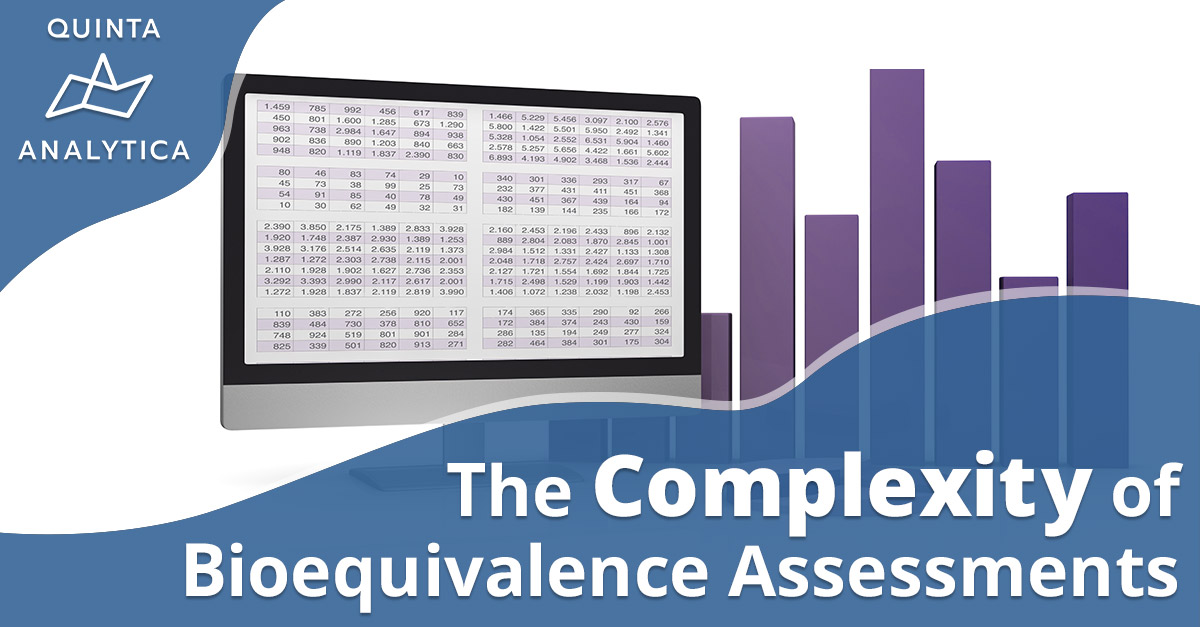
Nothing short of complex, and requiring highly intricate detail to conduct, the assessment of bioequivalence is a critical component in getting any new drugs to market.

The assessment itself requires the achievement of 90% confidence intervals for the ratio of the population geometric means (test/reference) for the parameters under consideration.
Essentially, this method is equivalent to two one-sided tests with the null hypothesis of bioinequivalence at a 5% significance level.
A key requirement is that the pharmacokinetic parameters under consideration should be analyzed using the ANOVA (Analysis of Variance) approach. An ANOVA test is a way to find out if survey or experiment results are significant. In other words, they help you to figure out if you need to reject the null hypothesis or accept the alternate hypothesis.
As such, in real terms, the data should be transformed prior to analysis using a logarithmic transformation. This is completed by setting a confidence interval for the difference between formulations on the log-transformed scale. This is obtained from the ANOVA model. The confidence interval is then retransformed to obtain the desired confidence interval for the ratio on the original scale.
Luckily for most of us, with their two decades of experience, QUINTA-ANALYTICA offers full in-depth, complete assessments of pharmacokinetic results in-house, and produces European Medicines Agency / FDA compatible reports as a standard part of the end-to-end process.
So, if you’re looking for a partner who can remove the complexity from your Bioequivalence Assessments and guarantee you excellence at every step of the process, get in touch with us today.




